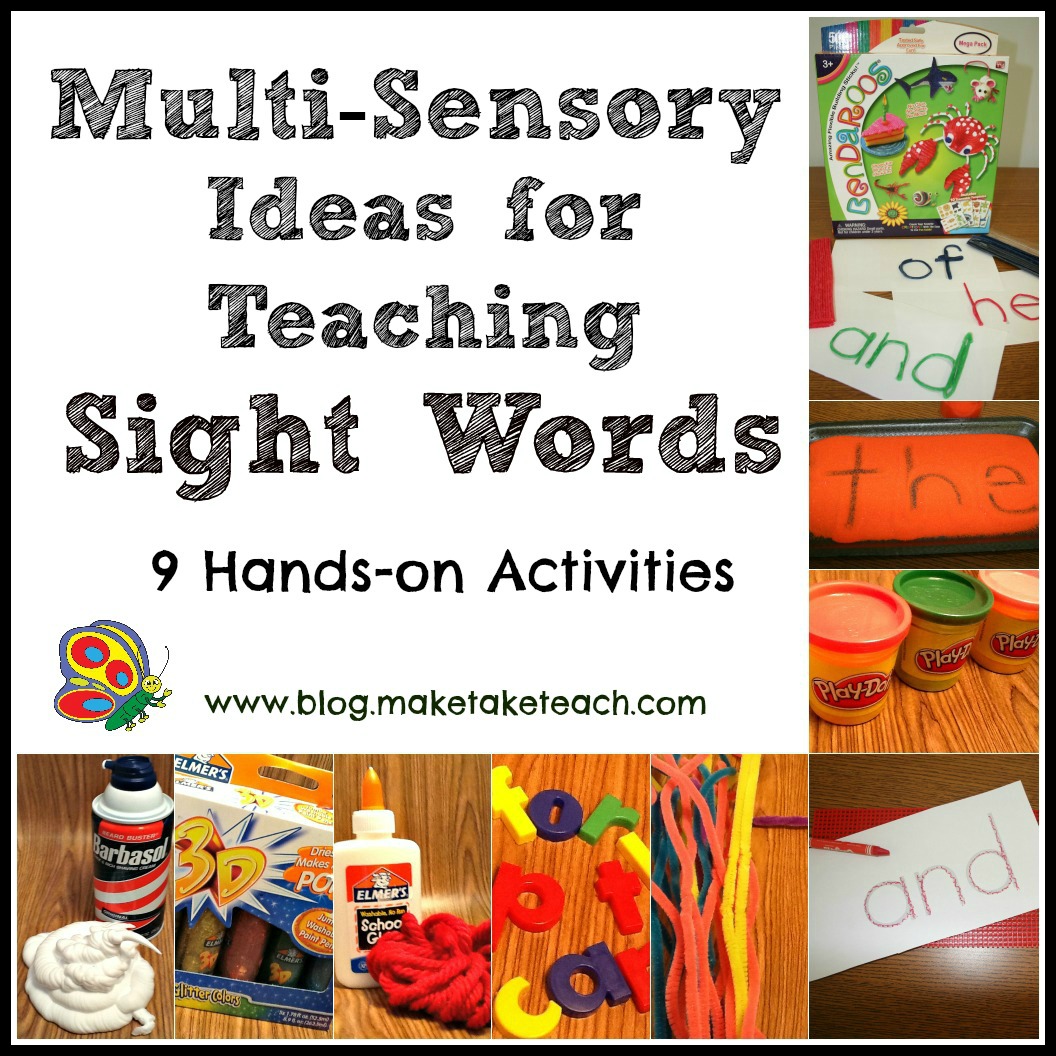

Sound boxes help our students do just that and can be as simple as two, three, or four boxes in a row drawn on a paper or whiteboard. Before students are even thinking about the letters that make up a word, we want them to be able to hear all of the sounds in the words.

Sound BoxesĪn important way for our students to strengthen their orthographic mapping skills is by using sound boxes (also known as Elkonin, boxes) to practice sight words. Knowing this, we can intentionally choose activities that help our students effectively practice sight words. This list of heart words to commit to memory is MUCH smaller than our whole list of sight words for the year, so it’s much more manageable for our students. While they can use their letter-sound skills to read parts of these words, they will need to learn and commit to memory (or heart) these irregular parts of the words. Students learn that these words, known as heart words, have letters that make irregular sounds. There are a smaller set of words that do not fit into any phonics patterns- words like the, said, and because. These words, known as Flash Words, can be taught along with the corresponding phonics pattern with the goal of being able to read them “in a flash.” When we break down our lists of sight words that we teach our students, MANY of those words will actually fit into phonics patterns that we teach our students- like had, with, and think, for example. Some of us use Dolch, or Fry, or another list provided by our schools, while some of us come up with our own lists. What about “said” and “the” and “yours?” So true! This is where can start to think a little differently about how we practice sight words. Flash Words and Heart Wordsīut wait, Jillian. It’s not that we need to show our students more and more flashcards until they “get it.” Instead, we can think about building these connections between letters and sounds, especially for these very common sight words. This is important when we think about practicing sight words. So while it seems like these words are simply memorized, it is actually this process of quickly and unconsciously pulling these sounds together to form the word. Students commit these connections memory and can efficiently retrieve them to solve worlds. This process, called orthographic mapping, connects the sounds our students hear with the letters that make those sounds. We can practice sight words with our students in ways that strengthen these skills. If we needed to memorize 200 sight words, that’s A LOT of work and space in our brain… However, if we know ten sounds, we can quickly make so many more than 200 words! We want our students to be able to do just that: see the letters in a word, know what sounds those letters make, and efficiently be able to read that word. There’s more that goes into reading sight words quickly and efficiently. The research tells us that learning sight words is not exactly rote memorization. This information has been so helpful in making sure that I’m providing my students with opportunities to practice sight words that are in line with the research and truly impactful. There is so much to take in, I’m definitely still learning.įor today, we’ll stick with what the Science of Reading tells us about practicing sight words. This research provides very clear data on how humans learn to read and which practices best support that learning. The Science of Reading is a vast body of research studied over decades. Let’s back up and chat about that research for a quick minute. Digging into this research and the accompanying recommendations have helped me to make sure that I’m offering my students solid opportunities to practice sight words.
Teaching sight words how to#
While we’ve been teaching sight words for many years in our classroom, lately we’re seeing more and more research that tells us how to best support our students with sight words.

We all know how important it is for our students to be able to quickly recognize and read these words that show up all the time! What does the research say? What strategies are most effective? How can I practice sight words with my students in a way that they’ll actually enjoy? Let’s dig into all things sight words! Science of Reading Sometimes it can be a struggle to practice sight words.


 0 kommentar(er)
0 kommentar(er)
